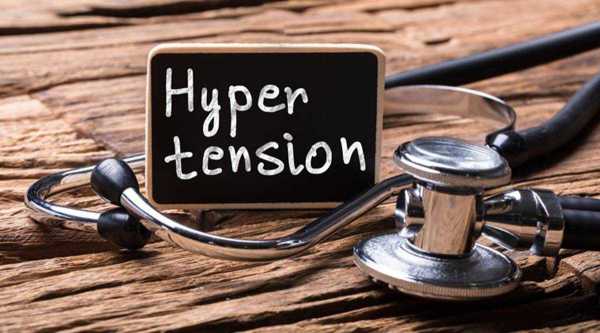- India
- International
In Maharashtra, 30% hypertension patients drop out of treatment: Study
Low incentives for ASHA workers, who are supposed to follow up with these patients, and poor health infrastructure in rural and tribal areas of the state have contributed to this trend, the study says.
 As many as 2.53 lakh people in Maharashtra have been diagnosed with hypertension. (File)
As many as 2.53 lakh people in Maharashtra have been diagnosed with hypertension. (File)
At least 30 per cent of the 2.53 lakh people in Maharashtra diagnosed with hypertension drop out of government-funded treatment, preliminary data from four districts shows.
Low incentives for ASHA workers, who follow-up with these patients, and poor health infrastructure in rural and tribal areas have contributed to this trend.
Across Maharashtra, 1.4 crore people have been screened since 2018, out of whom 2.53 lakh were diagnosed with hypertension, state government data shows. In four districts — Satara, Sindhudurg, Wardha and Bhandara — where the India Hypertension Management Initiative (IHMI) is being run by the Ministry of Health and Family Welfare and the World Health Organization (WHO), a sample population surveyed showed an average of 30 per cent patients default on treatment.
Hypertension is a condition in which blood pressure is persistently high. Of 19,417 hypertension patients in Wardha, 6,090 were evaluated as part of the programme. In Satara, 192 of 13,133 patients were included, while the number stood at 1,580 out of 7,811 in Sindhudurg and 7,034 of 21,000 patients in Bhandara. The drop out per cent ranged between 29 to 31 per cent in these districts.
“We are focusing on getting more blood pressure monitors, designated nurses and increased drug availability to ensure continued treatment,” said Dr Amol Wankhede, deputed by WHO on the IHMI programme.

Currently, Accredited Social Health Activists (ASHAs), who look after the local population’s health needs, are paid Rs 10 for the first screening for hypertension and Rs 50 for six months of a patient’s follow up. With low incentives, hypertension treatment is not high on the priority list of these activists, who have 71 health programmes to look after.
Cases of hypertension, known to cause strokes, kidney ailments and heart attacks, remain high in tribal areas. “World over, strokes account for 10 per cent deaths, but in Gadchiroli it’s 14.3 per cent,” said neurologist Dr Yogeshwar Kalkonde. Research by NGO SEARCH in 86 villages in Gadchiroli noticed a transition in the causes of deaths from communicable diseases to non-communicable diseases (NCDs). Of 1,599 deaths analysed between 2011 till 2013, 14.3 per cent deaths were caused by stroke.
The research, published this year in the Journal of Global Health Reports, found deaths due to strokes were much higher than heart attacks (4.34 per cent) in Gadchiroli.
“This is likely to be due to the early phase of epidemiological transition in this region, where hypertension-driven deaths predominate. Hypertension is the leading risk factor for stroke. Due to increasing life expectancy in rural areas of India, leading to ageing and changes in risk factors, hypertension is emerging as an important risk factor for cardiovascular diseases in rural India,” the study said.
Kalkonde, who heads NCDs research at SEARCH, said more focus is needed on screening, diagnosis, treatment and control of hypertension. “In India, maternal and childcare is a priority. NCDs are rising rapidly and screening and treatment of these conditions need to be improved quickly.”
Apr 25: Latest News
- 01
- 02
- 03
- 04
- 05







































